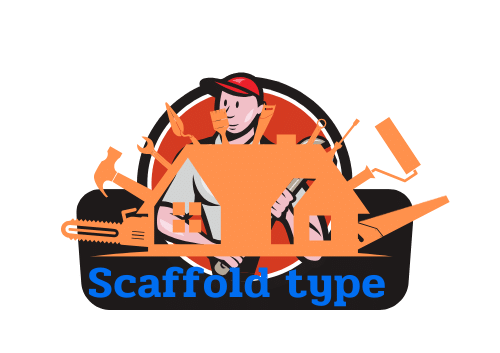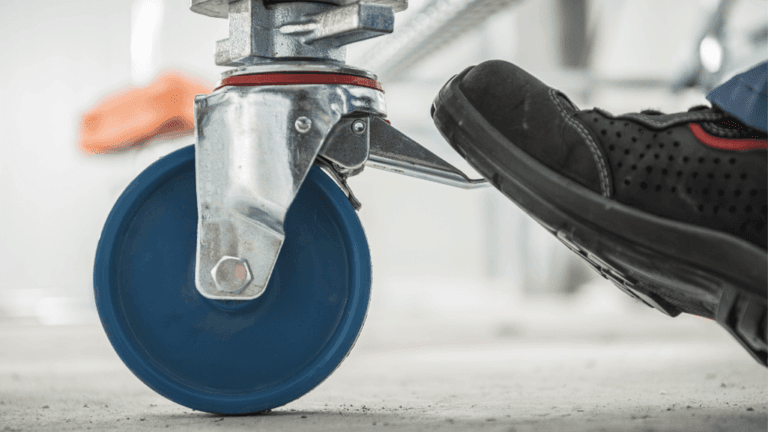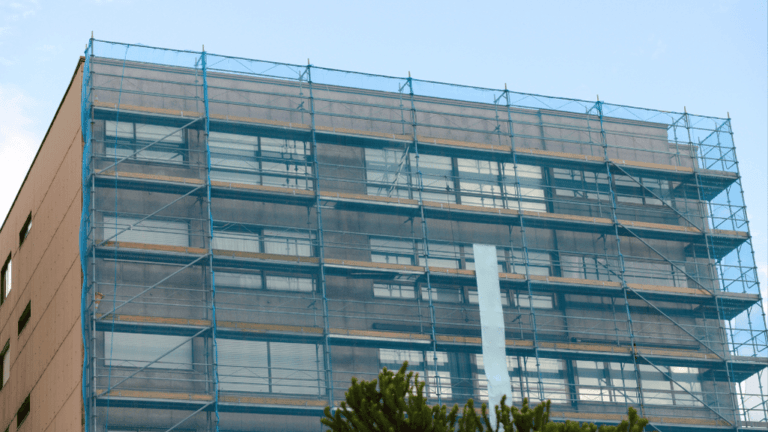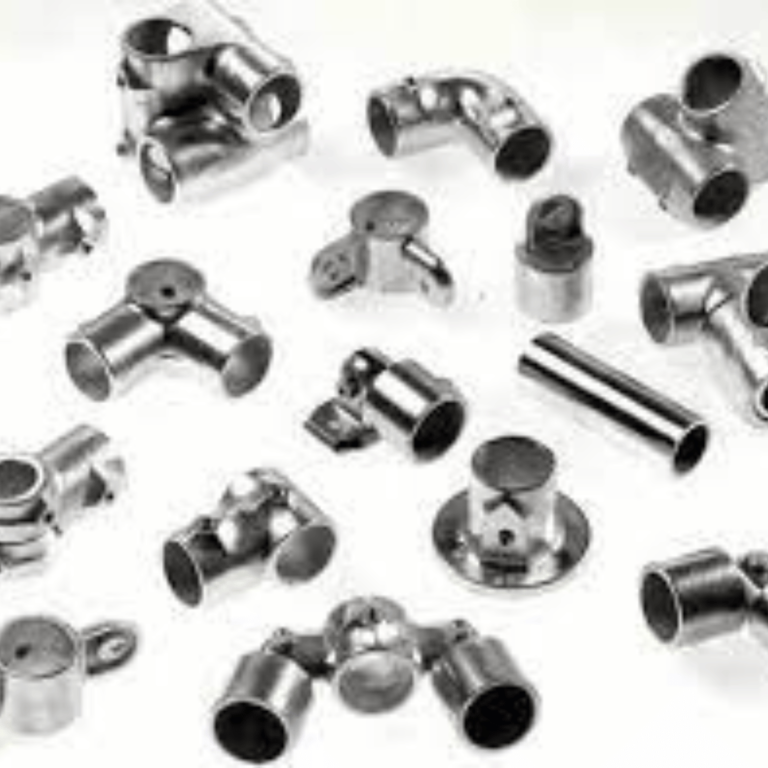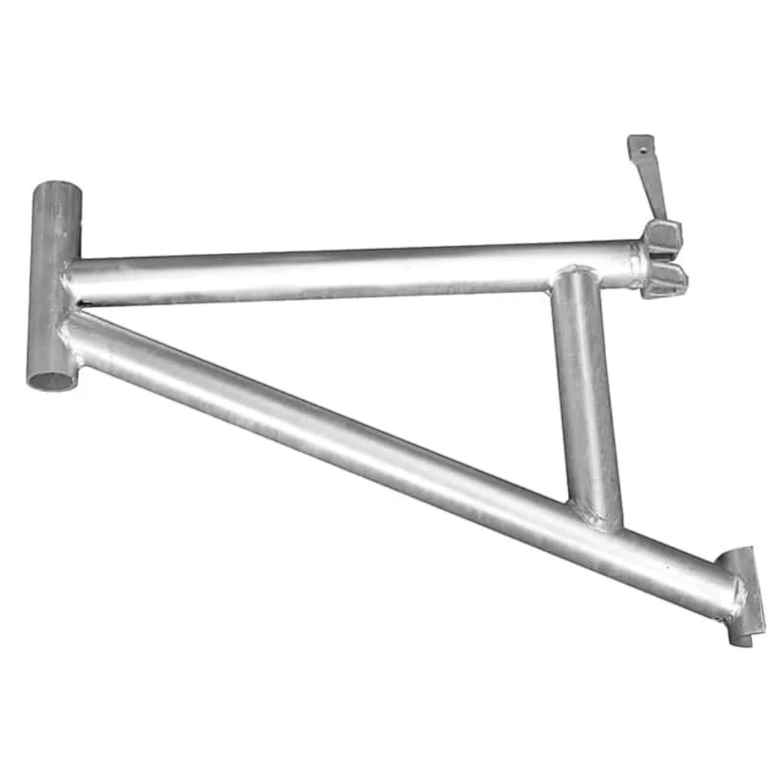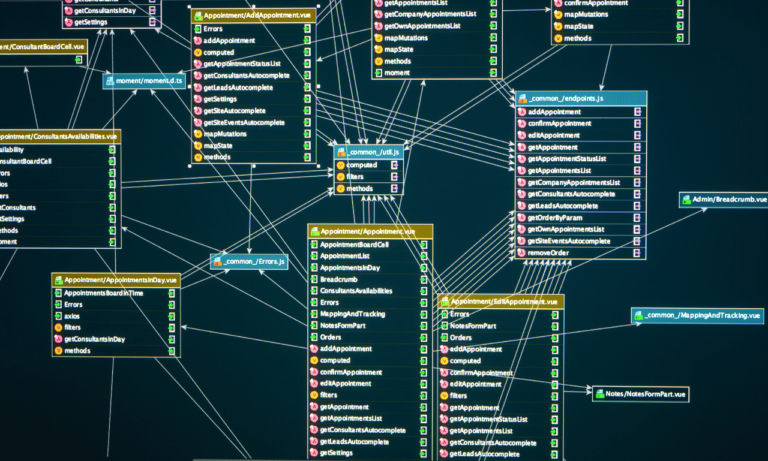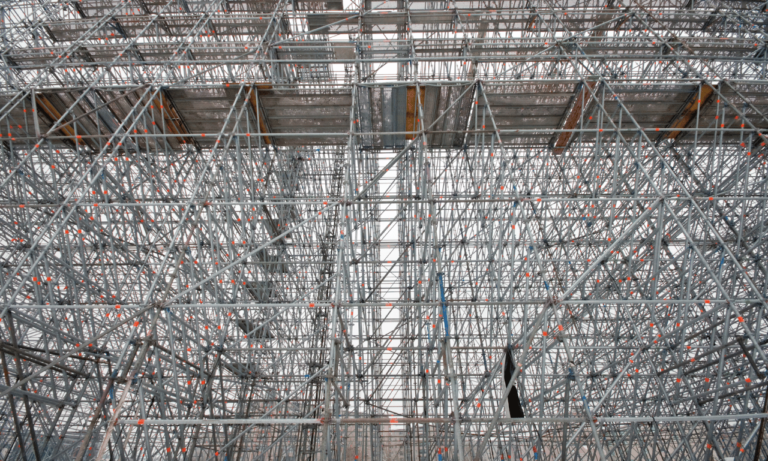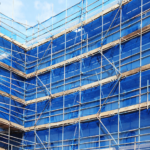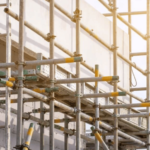Phone:
(+65)8319-0742
In the realm of construction, the stability of temporary structures is as crucial as the permanence of the final edifice. Recognizing the pivotal role of Temporary Shoring and Bracing Design, construction professionals work diligently to establish supportive frameworks that ensure safety and continuance throughout the building process. Well-engineered shoring and bracing solutions are not just about preventing structural failures; they embody a deep-rooted assurance that meticulously designed temporary support systems will carry weight until permanent fixtures take charge.
The intricacies of structural shoring design are highlighted when we consider the careful orchestration needed to remove these supports without risking the integrity of the construction project. Adoption of the right construction shoring methods diminishes the chances of accidental collapses and keeps liability worries at bay, reaffirming the trust vested in the construction’s foundation literally and figuratively.
Key Takeaways
- Importance of designing robust temporary shoring and bracing for construction project safety.
- The necessity of engineered shoring solutions that sustain building frameworks during critical phases.
- Guidelines for careful dismantling of temporary support systems to maintain structural integrity.
- Choosing appropriate construction shoring methods minimizes risk and enhances reliability.
- Structural shoring design as a key factor in safeguarding projects from inception to completion.
Understanding the Essentials of Temporary Shoring and Bracing Design
The significance of temporary support systems and shoring and bracing solutions in the construction industry cannot be overstated, as they are instrumental in maintaining the integrity of structures in progress as well as protecting the lives of those on the construction site. These structural components are the unsung heroes of construction, allowing buildings to rise safely from the ground up.
The Role of Shoring in Construction Safeguarding
Construction shoring methods aim to prevent the unforeseen falling of soil, an essential consideration particularly in bustling urban centers where construction sites are tightly packed together. By providing lateral support, shoring ensures that workers and passersby, as well as adjacent structures, are safeguarded against potential mishaps caused by site-specific or environmental instabilities.
Key Considerations in Shoring Design Calculations
To secure the efficacy of shoring and bracing solutions, shoring design calculations are meticulously developed with attention to the fine-grained details of the construction environment. These include soil quality, density, and variability, which are integral to ensuring the designed support systems are robust enough to handle the anticipated loads and stresses.
- Soil Stratigraphy Analysis
- Water Table Variations
- Proximity to Existing Structures
- Anticipated Environmental Loads
Guidance from organizations like the National Council of Structural Engineers Associations enhances the structural shoring design by merging the technical with regulatory compliance to achieve not only functional but also legally sound solutions.
Interplay Between Temporary Support Systems and Construction Efficiency
Advancements in temporary structural support design technologies have drastically augmented construction efficiency. With sophisticated means of support, such as soil-cement mixing and innovative bracing methods, projects can tackle even the most complex urban landscapes. This efficient use of technology ensures the temporary structures are not just holding up designs but are also optimizing the path from foundation to completion.
| Support System | Benefit |
|---|---|
| Soil-Cement Mixing | Enhances Load Capacity, Reduces Settlement |
| Below-Grade Ventilation | Improves Air Quality, Reduces Moisture |
| Soldier Beams | Quick Installation, Versatile in Urban Spaces |
Ultimately, the essence of employing temporary structural support design optimally pivots on balancing the expedient progression of construction with unwavering safety protocolsâan interplay that defines the modern edifice of large-scale urban development.
Temporary Shoring and Bracing Design: Adopting the Right Approach

In order to establish effective shoring and bracing design, it is critical to begin by assessing soil conditions and understanding the environmental concerns in shoring. This assessment informs the design approach and ensures that the temporary structures provide necessary support while being sensitive to the environment.
Assessing Soil and Environmental Conditions for Effective Shoring
Properly assessing soil conditions carries immense importance in crafting a shoring strategy that is not only strong but also cognizant of the environmental footprint. Modern construction heavily relies on techniques such as soil-cement mixing to address these concerns, quickly becoming a staple in urban infrastructure development due to its dual benefit of ground improvement and environmental compatibility.
Navigating Urban Construction Challenges with Engineered Shoring Solutions
Urban construction challenges often include managing tight spaces, preserving the integrity of adjacent structures and navigating complex utility networks. Employing engineered shoring solutions is essential in these scenarios. Expert shoring and bracing consultation can significantly lead to designs that cleverly circumvent obstacles, ensuring the longevity and safety of both the project at hand and its urban surroundings.
- Detailed analysis of site-specific soil and environmental data
- Incorporation of sustainable materials and methods
- Adherence to relevant codes and guidelines for environmental compliance
Addressing urban construction challenges requires a multifaceted approach that embraces extensive technical knowledge and innovative thinking. The role of engineered shoring solutions cannot be overstated, as these specialized designs are tailored to meet the exact needs of each project, ensuring it progresses smoothly and safely, regardless of the surrounding urban complexities.
Strategizing Temporary Structural Support Design
When it comes to ensuring the safety and stability of construction sites, strategizing temporary support is not just a precaution but a necessity. Temporary structural support design is the bedrock of urban construction projects, where potential hazards like soil collapse must be preemptively managed. A well-crafted strategy incorporates a full spectrum of shoring design calculations to foresee and address challenges that may arise during the excavation and construction phases.
To implement an effective design for temporary structural support, engineers must firstly engage in a thorough examination of geotechnical data. This data-driven approach lays the groundwork for designing supports that can withstand various loads and pressures. The specificity of these calculations ensures that each support system is uniquely tailored to the project’s site conditions, including assessments of groundwater levels and the identification of any potential subsurface structures that could impact the integrity of the excavation.
One of the critical components of a robust temporary support system is the use of tieback anchors or soil screws. These elements are essential for maintaining lateral stability in deep excavations, which is particularly important in densely populated urban environments. Sophisticated shoring design calculations are employed to determine the correct size, spacing, and depth of these anchors or screws to counteract the earth pressures exerted on the excavation walls.
Moreover, strategizing temporary support requires a forward-thinking approach that anticipates future construction phases. The design must account for the dynamic nature of the construction process, accommodating changes as the project progresses from excavation to the final building phases. By addressing these considerations early on, engineers can devise a temporary structural support design that not only ensures safety but also facilitates efficiency in construction workflow.
- Diligent assessment of geotechnical data and site-specific conditions
- Incorporation of groundwater level analyses in support design
- Customization of tieback anchors or soil screws for adequate lateral support
- Adaptability of support systems to accommodate different construction phases
In conclusion, the strategic planning of temporary structural support design is an indispensable step in modern construction â one that upholds the safety of the workforce, preserves the integrity of surrounding infrastructures, and ensures an efficient and successful build. With the sophisticated application of shoring design calculations and robust engineering practices, temporary support systems become a critical foundation for the future landmarks of our cities.
Shoring and Bracing Consultation: Leveraging Professional Expertise

Engaging in shoring and bracing consultation is a strategic approach to capitalize on specialized knowledge that complements the technical demands of modern construction. A consultative partnership fosters an understanding of various challenges and subtleties associated with temporary shoring and bracing design expertise.
Choosing the Right Partner for Shoring and Bracing Solutions
It is critical for construction projects to involve a shoring partner that not only presents proven experience but also aligns with project-specific requirements. When choosing the right shoring partner, a deep dive into their portfolio and case studies can reveal invaluable insights into their construction shoring methods and outcomes. Matters such as timeliness, responsiveness, and adaptability to unforeseen ground conditions play a substantial role in the eventual success of shoring applications.
How Consultation Can Prevent Common Pitfalls in Shoring Design
By employing expert shoring consultation, project teams can steer clear of typical missteps that often compromise the structural and financial solidity of construction projects. Preventing shoring design pitfalls before they occur eliminates costly revisions and potential hazards. Consultants with specialization in temporary shoring and bracing design expertise offer preemptive solutions that emphasize safe, compliant, and budget-conscious structures, while addressing environment and load-bearing considerations.
Advanced Temporary Bracing Design Techniques

In light of modern construction needs, the industry continually seeks innovations in shoring solutions to ensure safety, compliance, and efficiency. Advanced temporary bracing design techniques have materialized, integrating cost-effective temporary support into the fold with impressive results. These strategies are indispensable as they adapt to changing environments and complex infrastructural demands.
Innovations in Shoring and Bracing Solutions
Recent advancements have seen the development of sophisticated temporary bracing design techniques that cater to nuanced project requirements. Such techniques include helical tieback anchors and soil screw walls, which are pivotal for projects demanding high levels of stability and precision. The integration of these advanced bracing techniques into shoring and bracing solutions represents a leap forward in the capability to manage complex excavations and structural support needs.
| Technique | Applications | Benefits |
|---|---|---|
| Helical Tieback Anchors | Basement Walls, Sea Walls, Retaining Structures | Tension Load Capacity, Minimal Vibration, Immediate Load Transfer |
| Soil Screw Walls | Temporary Excavations, Slope Stabilization | Speed of Installation, Cost-Effectiveness, Versatility in Soil Conditions |
Cost-effective Temporary Support Systems for Modern Needs
The elevation of cost-effective temporary support systems parallels the growing complexity of urban infrastructure. These systems not only assure safety but also enhance the economic feasibility of construction projects. Adaptable methods like soil screw retention offer scalable solutions to various urban environmental challenges, paving the way for operational agility and optimal budgetary control. Such cost-sensitive techniques are changing the face of how modern development approaches shoring and bracing solutions.
- Adaptable soil screw method for various ground conditions
- Engineered systems for urban environments with limited access
- Modular bracing for quick installation and adjustment
Conclusion
In the realm of construction, the imperatives of project safety, structural stability, and efficient construction are non-negotiable. Central to these aims is the role of Temporary Shoring and Bracing Design, which serves as the unsung hero, ensuring that the skeletal framework of our urban infrastructure is robustly supported throughout its development phase. The need for tailored shoring solutions becomes more pronounced as builders push against the limits of architectural ambition and urban space constraints.
Confronting a variety of challenges, from dense urban centers to sensitive environmental landscapes, the discipline of shoring and bracing is a beacon of ingenuity and precaution. Advanced methodologies and the accumulation of professional expertise have revolutionized how support systems are conceptualized and implemented. With these advancements, the construction industry can continue to stride forward, minimizing risks and maximizing operational efficiency.
As cities continue to stretch upwards and outwards, the relentless evolution in urban development will sustain the demand for innovative shoring solutions that are as cost-effective as they are reliable. Temporary Shoring and Bracing Design is not just about erecting support structures; it’s a critical practice that intertwines with the core tenets of modern engineering, ensuring that every project stands solid â from the ground up.
FAQ
What are the fundamentals of Temporary Shoring and Bracing Design?
The fundamentals of Temporary Shoring and Bracing Design include understanding the load requirements, site conditions, soil characteristics, and environmental factors. The design must ensure stability, safety, and conformity with building codes throughout the construction process.
How does shoring ensure safety in construction?
Shoring provides critical support to structures during construction, repairs, or alterations. It stabilizes trenches, excavations, and walls, guarding against collapses and ensuring the safety of workers and the public.
What are the key considerations in Shoring Design Calculations?
Key considerations in Shoring Design Calculations include assessing the load-carrying capacity, adjusting for lateral pressures, accommodating changes in ground conditions, and factoring in the presence of water or surrounding structures.
How do Temporary Support Systems improve Construction Efficiency?
Temporary Support Systems can improve Construction Efficiency by enabling faster construction progression, minimizing risks, and reducing the need for rework. Advanced systems can be quickly installed and dismantled, which saves time and costs.
Why is assessing soil and environmental conditions crucial for effective shoring?
Assessing soil and environmental conditions is crucial for effective shoring as it determines the designâs suitability for the construction site, ensuring that the shoring system can withstand the earth pressures and any other environmental loads.
How can we navigate Urban Construction Challenges with Engineered Shoring Solutions?
Urban Construction Challenges can be navigated with Engineered Shoring Solutions by custom designing shoring systems that cater to limited space, comply with urban regulations, and manage the complexities of urban infrastructure.
What factors should be considered when strategizing Temporary Structural Support Design?
Strategizing Temporary Structural Support Design should consider factors such as load distribution, excavation depth, proximity to other structures, and expected duration of use. It requires comprehensive planning and precise calculations.
Why is Shoring and Bracing Consultation important?
Shoring and Bracing Consultation is important as it provides access to specialized expertise in assessing risks, designing appropriate support systems, and ensuring that these systems are compliant with laws and effective for specific project conditions.
How does expert consultation prevent common pitfalls in shoring design?
Expert Consultation can prevent common pitfalls in shoring design by identifying potential design flaws, ensuring compliance with evolving building codes, and adapting designs to unforeseen site conditions.
What innovations in Shoring and Bracing Solutions have emerged recently?
Recent innovations in Shoring and Bracing Solutions include hydraulic shoring, soil nailing, and the use of composite materials which allow for more adaptability, stronger support, and efficiency in complex construction scenarios.
Why are cost-effective Temporary Support Systems crucial for modern construction?
Cost-effective Temporary Support Systems are crucial for modern construction as they balance financial constraints with the need for safe and reliable support solutions, conducive to rapidly-paced and budget-sensitive construction projects.
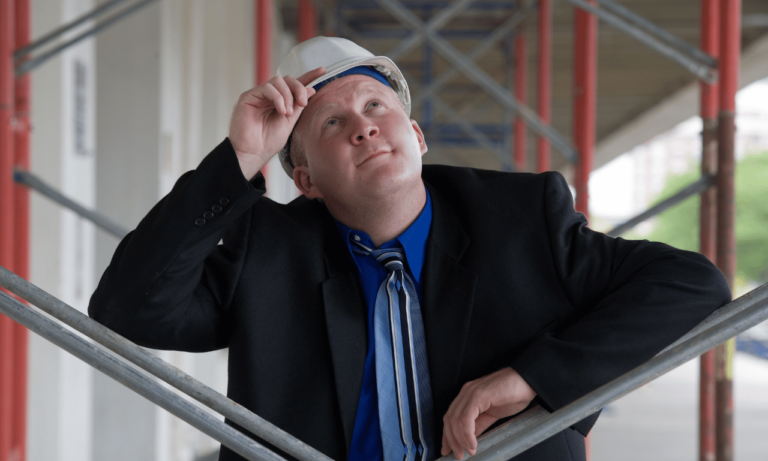
Enhancing Scaffold Safety Engineering Practices
html
The realm of construction is underpinned by the principles of safety and efficiency, both of which…
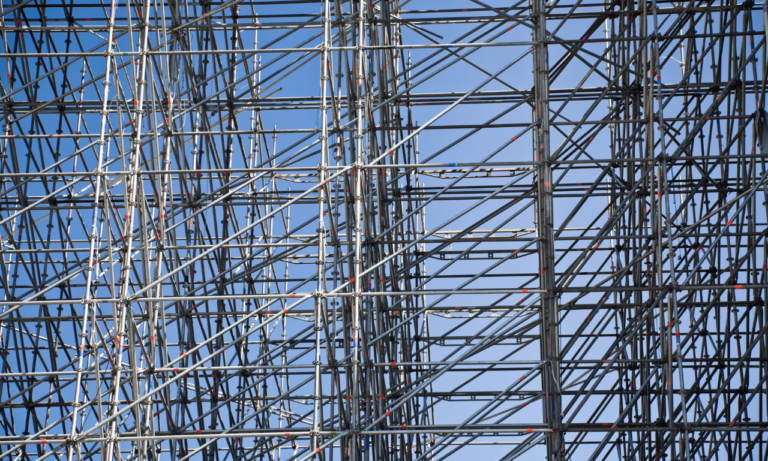
Understanding Scaffold Fluid Dynamics Essentials
The realm of tissue engineering is evolving with advancements in Scaffold Fluid Dynamics (SFD), which…
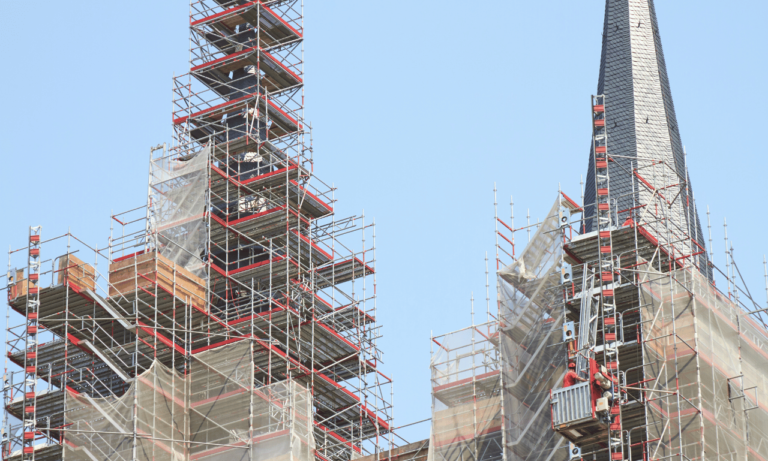
Understanding Scaffolding Psychology Essentials
In the dynamic intersections of educational psychology and developmental psychology, the concept of Scaffolding…

Top Educational Support Strategies for Teachers
As educators, maximizing academic success hinges on implementing effective educational support strategies…

Understanding What is Scaffolding in Child Development
When it comes to nurturing the minds of the young, What is Scaffolding in Child Development is a question…
No posts found
